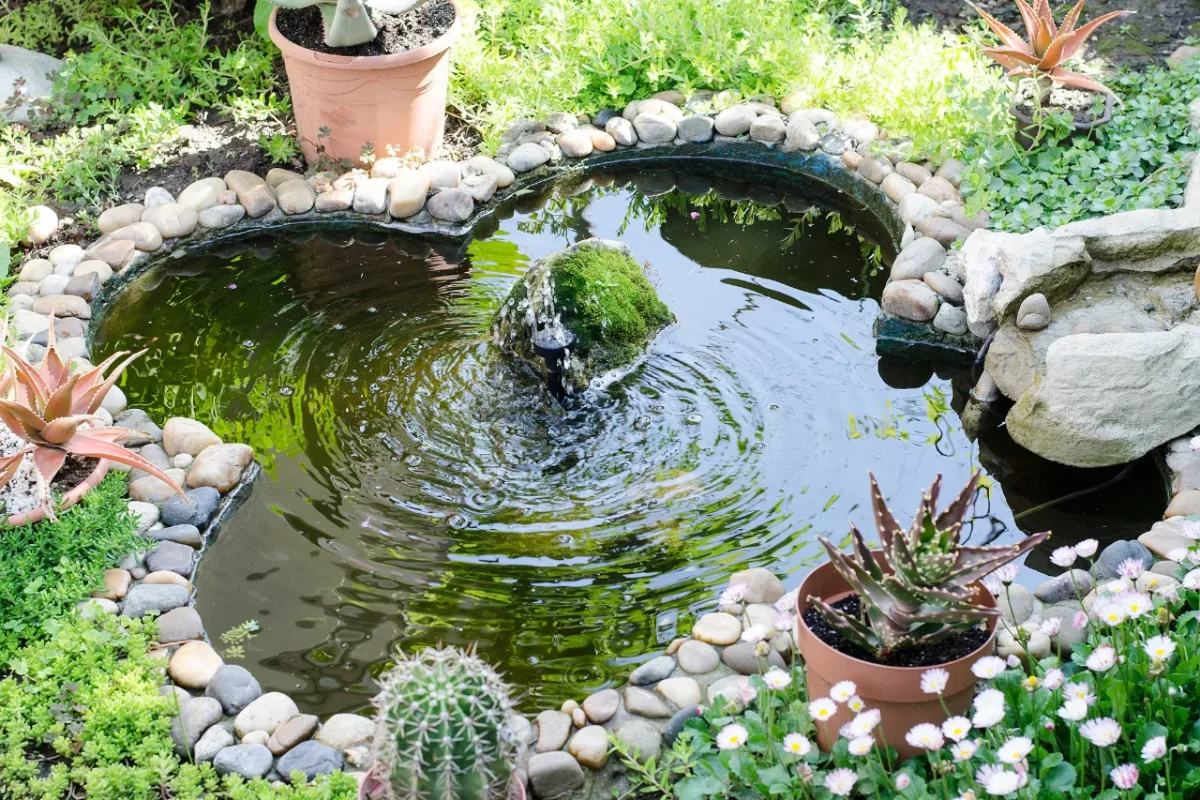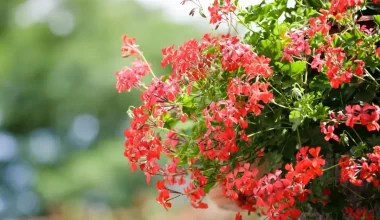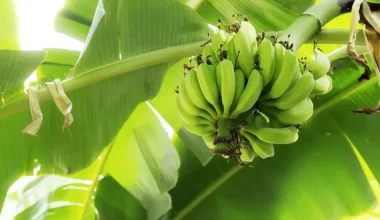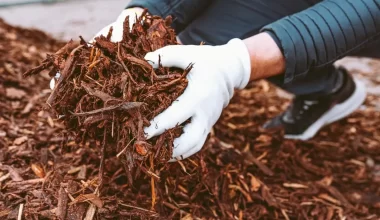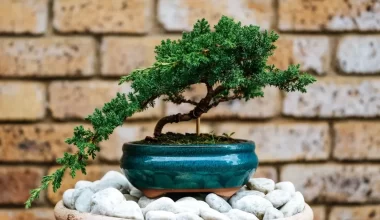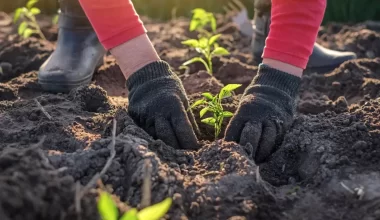Posted on Nov 22, 2023 at 8:01 pm by Emily Q
Winter brings its share of challenges for gardening enthusiasts, especially when it comes to protecting our precious garden ponds.
As temperatures drop, the threat of your pond water freezing becomes a major concern, not only for the aesthetics of your garden but also for the well-being of the wildlife that depends on it. From simple tips to more elaborate solutions, we will cover a variety of options to keep your pond a vibrant focal point in your garden, even in the winter cold.
Table of Contents
Preventing freezing in garden ponds: why is it important?
Freezing can have detrimental effects on the ecosystem of your garden pond, especially for aquatic plants and the animals that live in it. In winter, the water surface can freeze, preventing gas exchange between the water and the air. This can lead to a decrease in oxygen levels in the water, harming the survival of fish and other aquatic organisms. To preserve the biodiversity and beauty of your pond, it is essential to take measures to prevent the water from freezing.
Different methods to protect your pond from freezing
There are several solutions to prevent your pond water from freezing during periods of extreme cold. Here are some of the most effective methods:
- Install an air pump: An air pump helps oxygenate the water by creating constant movement at the surface. This water movement prevents ice formation and promotes gas exchange between the air and the water. Additionally, it helps maintain an optimal oxygen level for aquatic inhabitants.
- Add a heating device: A pond heater or an anti-freeze resistor can be placed in the water to maintain a stable temperature and prevent freezing. It is essential to choose a model that is suitable for the size and volume of your pond.
- Place a tarp or winter cover: These insulating elements protect the water surface from low temperatures and freezing. They also limit water evaporation, reducing the risk of dehydration for plants and animals.
- Regularly remove snow: In case of snowfall, remember to gently clear the surface of your pond to prevent the weight of the snow from crushing plants and suffocating living organisms.
Additional tips to protect your pond
In addition to the methods mentioned above, there are other tips to prevent freezing in your pond:
- Install stones or floating objects: Stones placed on the banks and floating objects such as plastic balls can disrupt ice formation by creating areas of agitation on the water surface.
- Aerate the water with a stick: If you notice that the water is starting to freeze despite your efforts, you can break the ice using a stick or a similar object. However, be careful not to damage the plants or animals present in the pond.
- Choose cold-resistant plants: Some species of aquatic plants, such as water lilies, are more resistant to freezing than others. Prioritize these species when designing your pond to ensure their survival during winter.
By implementing these tips and tricks, you will contribute to preserving the ecological balance and beauty of your garden pond during periods of extreme cold. Remember that each pond is unique, and it is essential to adapt your techniques according to the specificities of your pond and its environment.
